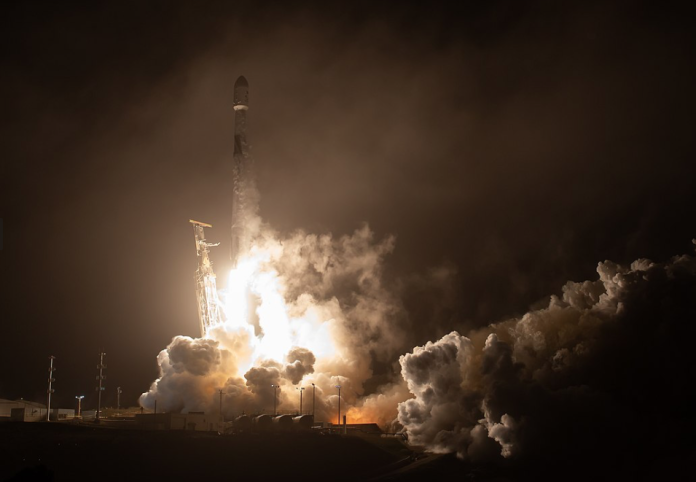Remember NASA’s deliberate crash into an asteroid last year? The fallout from that cosmic collision is proving even more intriguing than expected.
In a recent study published in the Planetary Science Journal, researchers have revealed unexpected outcomes from NASA’s Double Asteroid Redirection Test (DART) mission. The 2022 impact on the asteroid moon Dimorphos didn’t just make a dent—it significantly reshaped the celestial body and might have set it on a chaotic new trajectory.
To recap, DART was a test for planetary defense aimed at determining if a spacecraft could alter an asteroid’s course by crashing into it. The target was Dimorphos, a small moon orbiting a larger asteroid called Didymos.
The findings, led by Derek Richardson, a professor of astronomy at the University of Maryland, reveal that the impact dramatically altered Dimorphos’s shape. Originally resembling a hamburger, Dimorphos has been stretched into a football-like shape post-collision.

Richardson points out that this shape change challenges previous theories about asteroid moon formation. Scientists had assumed these moons naturally elongate over time, aligning their long axis with the main asteroid they orbit. Dimorphos’s transformation contradicts this idea, suggesting more complex dynamics at play.
The collision has also disrupted Dimorphos’s orbital stability. Previously in a stable state, the moon is now potentially tumbling unpredictably, which could take a century or more to stabilize. This tumbling raises questions about Dimorphos’s internal structure and stability.
The European Space Agency’s upcoming Hera mission, launching in October 2024, aims to study both Didymos and Dimorphos in greater detail. Hera will help determine whether Dimorphos is stable enough for future landings and further research.
The implications of DART extend beyond academic curiosity. This mission enhances our understanding of asteroid dynamics and refines strategies for planetary defense against potential asteroid threats.
“DART provided valuable insights into complex gravitational physics and helps us prepare for possible future threats,” Richardson concludes.


